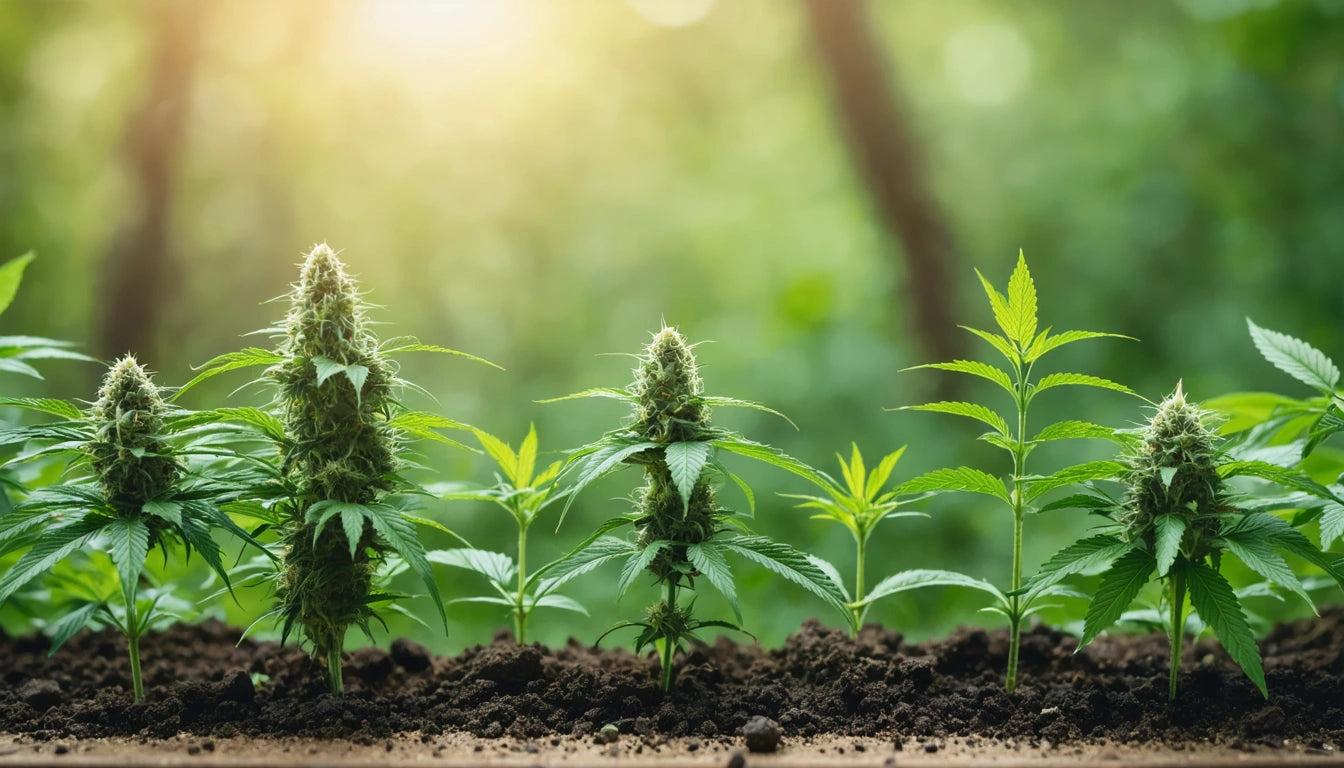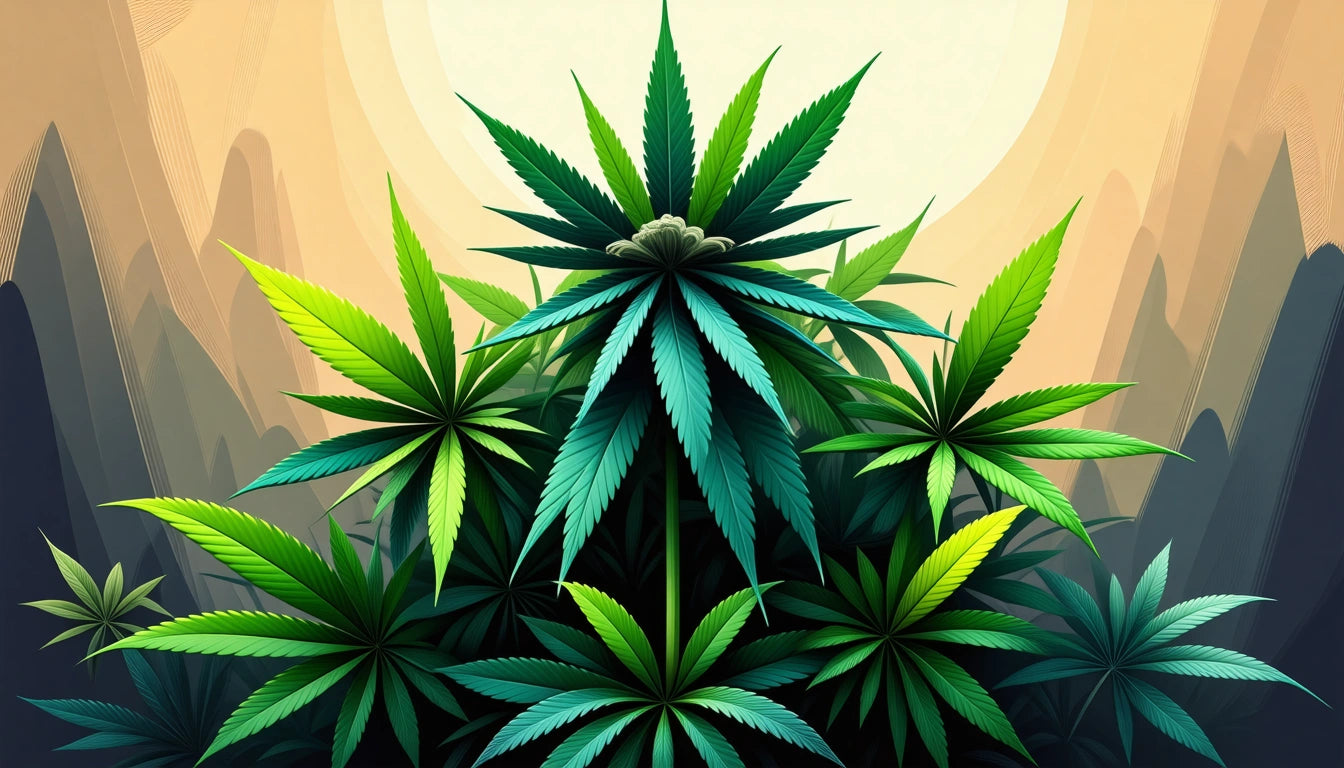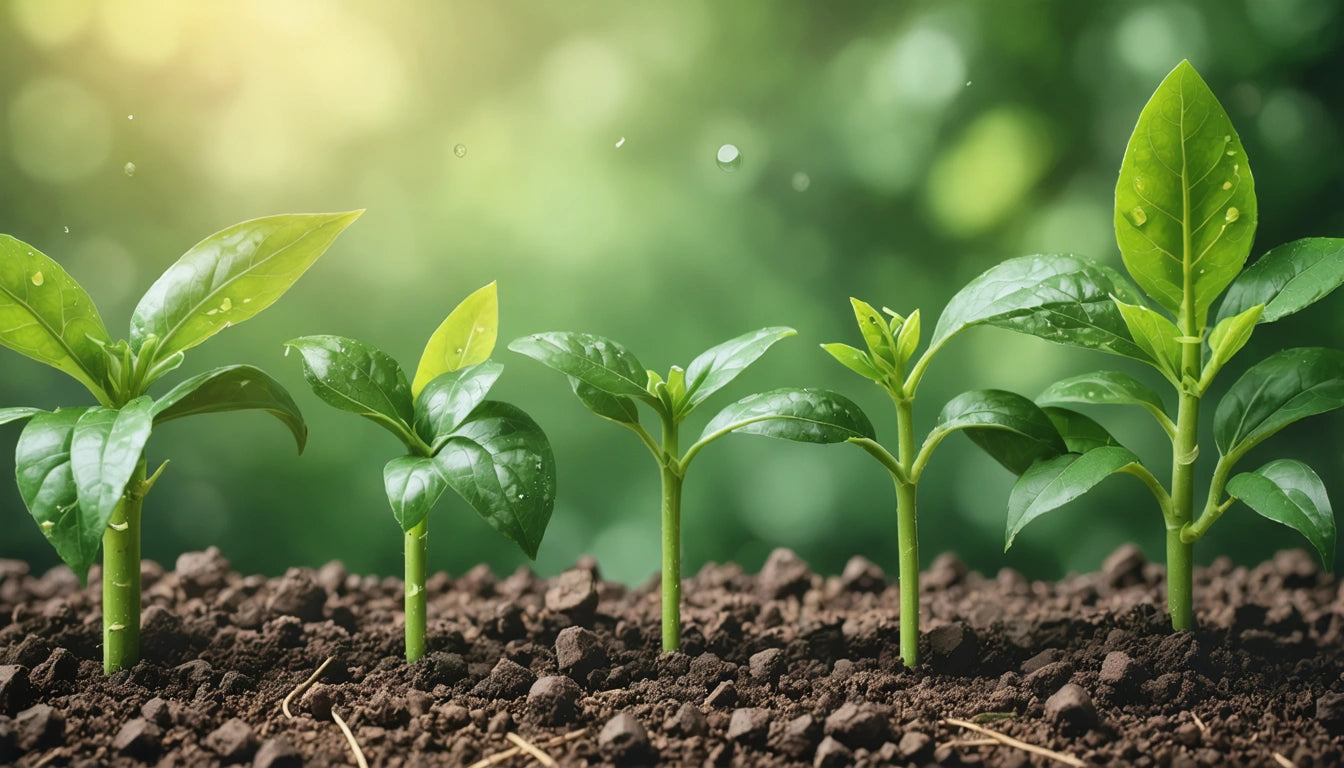Table of Contents
- Identifying Quality Pot: Visual and Sensory Indicators
- Finding Pot Legally: Dispensaries and Alternative Sources
- Consumption Methods: Traditional and Modern Approaches
- Enhancing Potency: Safe and Effective Methods
- Cooking with Cannabis: Basics of Infusion
- Pot Industry Insights: Market Trends and Future Developments
The Ultimate Guide to Using, Finding, and Enhancing Pot
Cannabis consumption has evolved significantly in recent years, with legalization expanding across many regions and innovations transforming how people use pot. Whether you're new to cannabis or looking to deepen your understanding, this comprehensive guide covers everything from identifying quality product to creating potent infusions and navigating the legal landscape.
Identifying Quality Pot: Visual and Sensory Indicators
Determining cannabis quality involves multiple sensory assessments. Quality pot typically displays vibrant colors with orange, purple, or bright green hues. The trichomes, those tiny crystal-like structures on the flower, should be abundant and intact, indicating higher potency and better preservation of cannabinoids and terpenes.
When examining cannabis, consider these quality indicators:
- Aroma: Fresh cannabis should have a strong, distinctive smell. Musty or hay-like odors often indicate poor curing or old product.
- Structure: Quality buds should be dense but not too dry or too moist. They should break apart with some resistance.
- Trim: Well-manicured flowers with minimal leaf material suggest careful processing.
- Color: Avoid cannabis with excessive brown coloration or visible mold (white powdery or fuzzy patches).
For precise assessment of your cannabis, accurate measurement tools like digital scales are essential for both personal use and ensuring you're receiving the correct amount when purchasing.
Finding Pot Legally: Dispensaries and Alternative Sources
With expanding legalization, finding cannabis through legitimate channels has become more accessible. Legal dispensaries offer several advantages:
- Product testing and quality assurance
- Knowledgeable staff to guide purchases
- Variety of strains and consumption methods
- Legal protection and compliance
In regions where recreational cannabis remains prohibited, medical marijuana programs may provide legal access with proper documentation. Always verify local laws before attempting to purchase cannabis products, as regulations vary significantly between jurisdictions.
Consumption Methods: Traditional and Modern Approaches
Cannabis consumption methods have diversified beyond traditional smoking. Each method offers different onset times, duration, and intensity of effects:
Inhalation Methods
- Smoking (joints, pipes, bongs)
- Vaporizing (less harmful than combustion)
- Dabbing (concentrated extracts)
Ingestion Methods
- Edibles (foods and beverages)
- Tinctures (sublingual absorption)
- Capsules (precise dosing)
Topical Applications
- Creams and balms (localized relief)
- Transdermal patches (slow-release effects)
- Bath products (full-body relaxation)
For beginners, understanding proper dosing is crucial to avoid uncomfortable experiences. The general advice is to start with a low dose and gradually increase as you learn how your body responds.
Enhancing Potency: Safe and Effective Methods
For those seeking stronger effects from their cannabis, several approaches can enhance potency without requiring stronger strains:
Decarboxylation
Properly heating cannabis activates THC through decarboxylation. This process converts THCA (non-psychoactive) to THC (psychoactive). For smoking or vaping, this happens automatically during use, but for edibles, decarboxylation must be done beforehand.
Kief Collection
Collecting kief (trichome crystals) using a grinder with a collection chamber concentrates the most potent parts of the plant. This can be sprinkled on flower or used in cooking for enhanced effects.
Proper Storage
Maintaining potency requires proper storage. Use airtight containers kept in cool, dark places. Exposure to air, light, and heat degrades THC over time.
For those interested in cultivation, growing techniques and harvest timing significantly impact final potency.
Cooking with Cannabis: Basics of Infusion
Creating cannabis-infused foods extends beyond the stereotypical brownie. The foundation of cannabis cooking is creating a proper infusion, typically in a fat-based medium:
Cannabis-Infused Butter (Cannabutter)
- Decarboxylate ground cannabis (240 °F for 40 minutes)
- Simmer decarboxylated cannabis with butter and water
- Strain plant material and refrigerate
Cannabis-Infused Oils
Similar to butter, cannabis can infuse cooking oils like coconut, olive, or vegetable oil. These provide versatility for both sweet and savory recipes.
Pot Milk
Cannabis can also infuse into milk or cream due to its fat content. This creates a versatile base for beverages, sauces, and desserts.
When cooking with cannabis, accurate dosing presents a challenge. Proper infusion techniques and careful measurement help ensure consistent potency across portions.
Pot Industry Insights: Market Trends and Future Developments
The cannabis industry continues to evolve rapidly with several notable trends:
- Increased focus on minor cannabinoids beyond THC and CBD
- Development of rapid-onset edible technology
- Expansion of cannabis beverages market
- Growing emphasis on sustainable cultivation and packaging
- Continued research into medical applications
For those interested in the business aspects, understanding market dynamics provides insight into investment opportunities and industry direction.
As legalization expands globally, we can expect continued innovation in consumption methods, product formulations, and accessibility. The stigma surrounding cannabis continues to diminish as research validates its potential benefits and regulatory frameworks mature.











Leave a comment
All comments are moderated before being published.
This site is protected by hCaptcha and the hCaptcha Privacy Policy and Terms of Service apply.